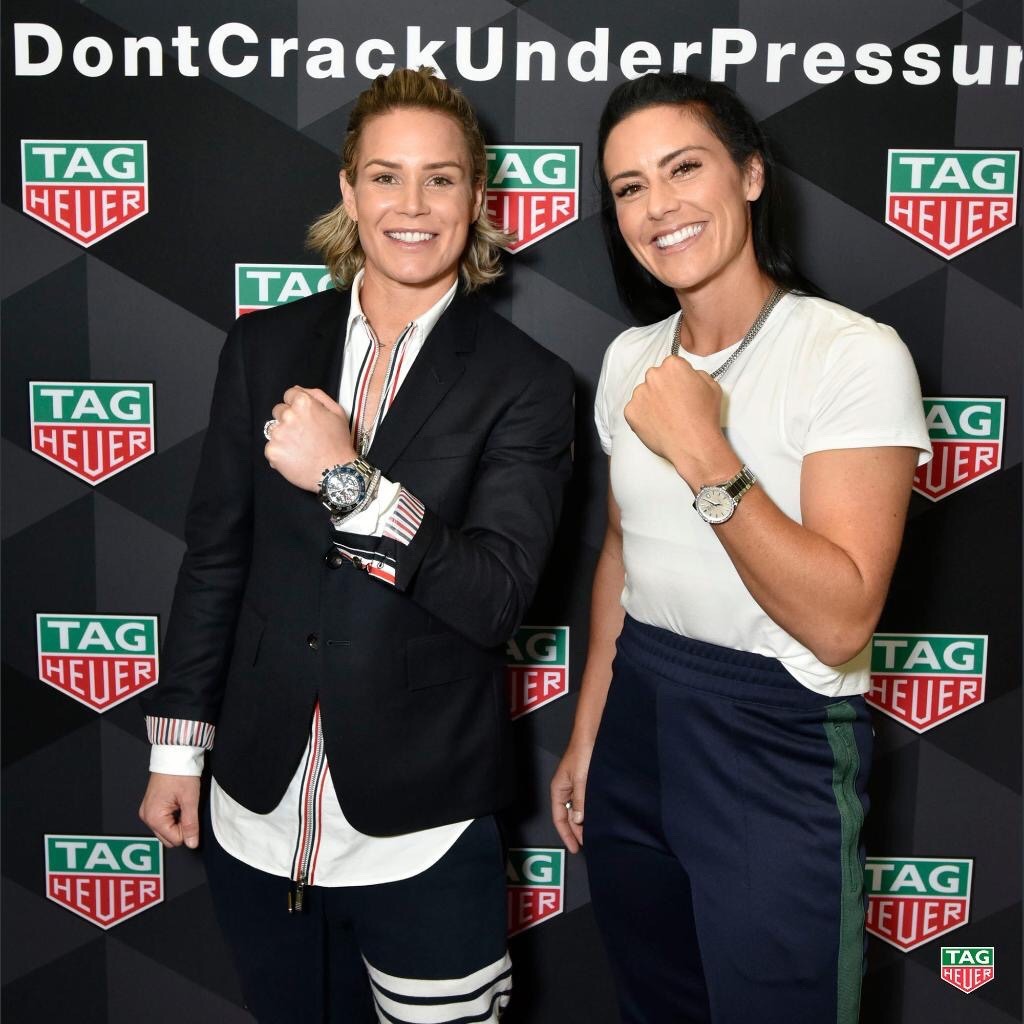Is women's soccer a permanent trend?
2019 World Cup raised awareness all over the world, there's no doubt in that. But will the trend survive and is there a chance for the women's soccer to grow numbers of both athletes and supporters?
A casual fan
Every so often we see a sport on top of popularity - just to be forgotten in a couple of months. Think Usain Bolt and track. Or Katie Ledecky at the Olympic's. How many people have followed their careers after that? As Dan Lauletta of the Equalizer puts it, "I would suggest that there is a solid base of die-hard NWSL fans and that the missing element is actually the casual fan. It’s the person who knows enough to keep up but does not necessarily live and die with every cross or errant offside flag." This seems to be true if we think about the popularity of men's soccer. Not every person who follows the bigger news and tournaments also follows the team or player on a day-to-day basis. Women's soccer needs a wider net of supporters.
Also, we should not forget that a casual fan can also be male. Again, think of a men's soccer game - how many female supporters are there in the stands? I bet they are the casual fan type.
 |
| Fans of Argentina's national soccer team |
 |
| Dayton and Mikey DiTomasso have had strong female coaches and are fans of women's soccer. Source: today.com |
How about Europe?
It's great to see men in Europe support their nation's female team - David Beckham used the platform he has to show his support to the game during the FIFA Women's World Cup this year.
 |
| David Beckham supporting England on the Stade Océane stadium in Le Havre |
So is women's soccer a U.S. phenomenon?
Much of the game's high profile can be attributed to the U.S. team. Why? Apparently, the game was slow to take off here, and women's soccer is perceived as a thing of its own. 73 of the Women's World Cup stars are employed by the U.S. clubs. Moreover, none of the U.S. players is employed outside the U.S. Each player of the U.S. national team also plays for a domestic club.
If women's soccer continues to be a popular choice for young girls, there's hope. And the chances for this happening globally are higher if there's more permanent attention and media coverage for the current teams.





No comments:
Post a Comment